No single work of fiction has had a more lasting impact on American popular culture than Gone with the Wind. The Pulitzer Prize-winner has spawned endless merchandise, two sequels, a lively fan fiction community, and the highest grossing film of all time; not to mention more book tie-ins than you can shake a stick at. This is a story that still fascinates readers and cinephiles the world over and has attained a kind of cult status. If you haven’t heard of Gone with the Wind, it’s safe to assume you’ve lived your life under a rock—there is no escaping it. If you’re a fan, chances are you’re familiar with the wealth of material just waiting to be discovered by those who have just fallen under the spell of Scarlett O’Hara, Rhett Butler and the saga of the South during the Civil War. But just when you thought you’d seen and read everything, authors Ellen F. Brown and John Wiley, Jr. came along to prove that there was at least one stone yet unturned.
Margaret Mitchell’s Gone with the Wind: A Bestseller’s Odyssey from Atlanta to Hollywood, written to coincide with the 75th anniversary of the novel’s publication in 2011, is not your standard biography. Rather than focusing on Margaret Mitchell, this book chronicles the life of the story she created, from its inception in turn-of-the-century Atlanta to the multi-million dollar cash cow it remains today. How did this book, written by an unknown author, become such a successful “blockbuster”? Why does it still resonate today, and how has this resonance changed in the last 75 years? Brown and Wiley conducted an impressive amount of archival research to reveal the answers to these and many other questions. Gaining access to never-before-published material, including correspondence between Mitchell and Macmillan editor Lois Cole, and historical records at the University of Georgia, the co-authors have painstakingly retraced every step in the life of this international publishing phenomenon.
The recent PBS documentary Margaret Mitchell: American Rebel offered an overview of the famously reclusive author’s post-GWTW life, but Brown and Wiley manage to delve even deeper. A very reluctant celebrity, Margaret Mitchell was unexpectedly thrust into a spotlight that never dimmed in her lifetime. She also played a large part in managing the trajectory of her book, and experienced many disappointments and pitfalls, especially after it had become a success. The legal battles that this first-time author had to endure at the hands of the publishing and film industries would be enough to turn any budding novelist away from writing a book. She was handed bad deals by Selznick International and, on occasion, Macmillan. The agent that she and husband John Marsh entrusted to handle foreign copyright stole over $30,000 in royalties. Fans besieged her by post, phone and in person demanding a sequel. Gone with the Wind remained such a constant for the rest of Mitchell’s life that she never had time to write another novel. Yet with the help of her husband and lawyer brother Stephens, Mitchell was able to keep a relatively firm hand on her greatest creation, and ensure that it would remain a profitable endeavor long after she died.
Brown and Wiley cover everything from the issue of racism to those pesky unauthorized sequels (Alice Randall’s 2001 debut novel The Wind Done Gone managed to encapsulate both things, and she was shut down by the Stephens Mitchell Trust on account of the latter) with an intelligent, objective eye. They even reveal a bit about the failed (authorized) sequel written by Vivien Leigh biographer Anne Edwards that is now under lock and key in special collections at UCLA. In the manuscript for Tara: The Continuation of Gone with the Wind, Edwards reunites the principal characters only to kill one of them off. Given how close fans hold Scarlett O’Hara and Rhett Butler to their hearts, perhaps it’s best this sequel never made it onto bookshelves.
I would highly recommend making space on your own shelf for Margaret Mitchell’s Gone with the Wind: A Bestseller’s Odyssey from Atlanta to Hollywood. Brown and Wiley’s well-written, informative account of this unstoppable literary and cinematic phenomenon will surprise and enlighten even the most die-hard fans.
Buy Gone with the Wind: A Bestseller’s Odyssey from Atlanta to Hollywood: Amazon | Waterstones | Barnes & Noble
*Stay tuned this weekend for a Q&A with author Ellen F. Brown right here at vivandlarry.com!

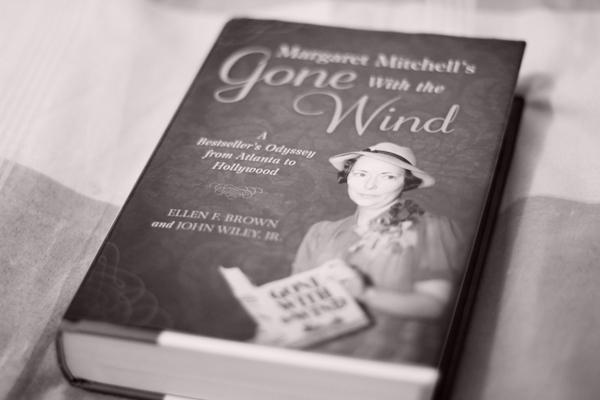
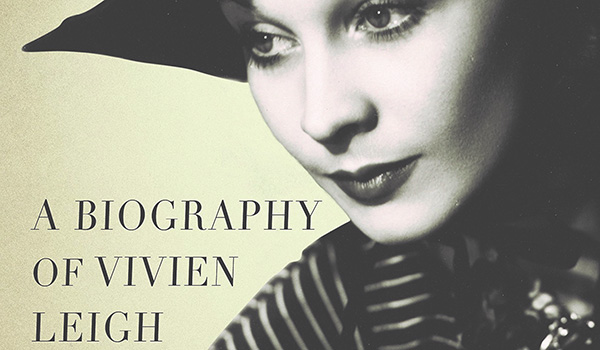
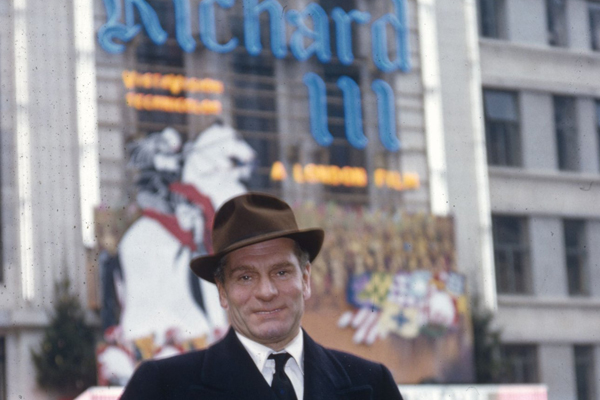
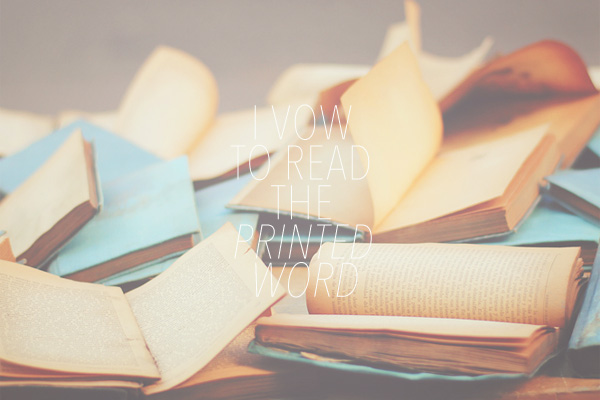
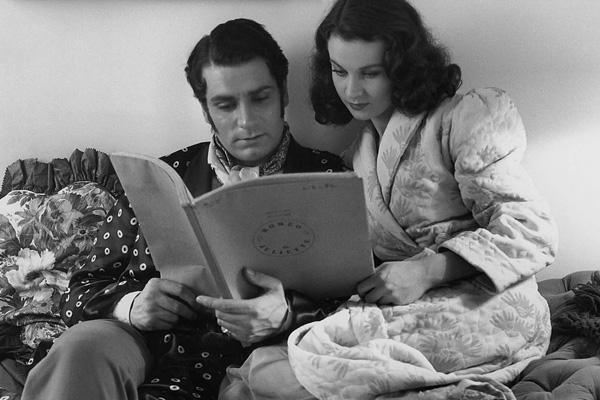

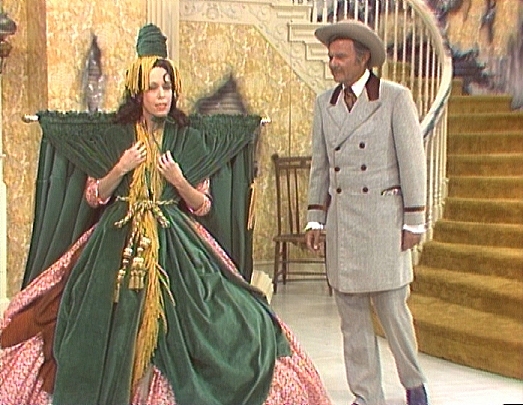
Great review Kendra, i’m getting this for chirstmas and now can’t wait!
Thanks, Louise, I hope you get it and enjoy it!
Loved your review, Kendra. I was completely riveted by this book and was very anxious for you to read it so I could know your thoughts on it. Glad you finally got the chance … your review was definitely worth the wait! One of the interesting little nuggets of information I discovered in this book was that Margaret Mitchell entertained Vivien & Larry along with Selznick, Olivia deHavilland, and a few others at her apartment while they were in Atlanta for the GWTW premiere. That was something I’d never heard before, and all the more surprising after learning what a completely private person she was. I would have loved to have been a fly on the wall for that little soiree! I was also amused at her refusal to sign the special edition copy of GWTW that she presented to Vivien as a gift … but then she penned a special note for her which could be pasted inside, which she signed! I learned so many things about GWTW from this book that I never knew before … and this book seemed so very well-researched that I actually believe them!
Thanks David! I actually had my copy since about April, but just didn’t have time to read it until now. I wonder if Vivien kept her pseudo-signed copy of the book, or if she ever pasted the autograph inside?
I would love to know the answer to that question, too, Kendra! Hopefully Suzanne ended up with it. And am I just dreaming this, or didn’t Vivien have all the cast & crew of GWTW sign her copy of the novel (or was it her shooting script)? Can’t recall when or where I read that, but it sticks in my mind. That would also be a dream piece of Vivien/GWTW memorabilia if it ever comes up for auction! Do you have any idea who ended up with her Academy Awards? I remember reading in the 90’s when her GWTW Oscar sold at auction for something like $563,000 … no mention at the time, though, of the buyer’s identity. I seem to recall that her ‘STREETCAR’ Oscar was stolen during her lifetime, but surely it was replaced. I wonder if Suzanne still has it?
Back to the subject of books, now that you’ve read the GWTW
‘Odyssey’ book, I’m going to start pestering you again to read Irene Selznick’s memoirs. I just know you’re going to love her as I do, and I can’t wait to read the brilliant blog post I’m sure she will inspire in you! Also, once you’re hooked on her, there are so many other books that she is connected with (and that are connected to GWTW) that you will want to read … one of which is “SHOWMAN” about David O. Selznick by David Thomson; another is “LION OF HOLLYWOOD” about Louis B. Mayer by Scott Eyman. Irene figures prominently in both as you would expect (and was still alive to be used as a major source for the Selznick book). Next time you see your old friend Hugo Vickers you should ask him about her … he new her pretty well and is a big admirer (even went to her memorial service).
Wrong place to say this, I know, but while I’m about it, I just wanted to say that your birthday tribute post to Vivien was beautiful. Well done as usual! And I cannot believe you were lucky enough to get a sighting of Luise Rainer (and a photo!). That was great!
Haha, oh my God, so many books, so little time! The person who bought Vivien’s GWTW Oscar is apparently the guy who owns the Tumblin Collection. He lives in Hawaii.
How interesting you mentioned David Thomson. We are represented by the same literary agent and I don’t think he cares much for Vivien Leigh